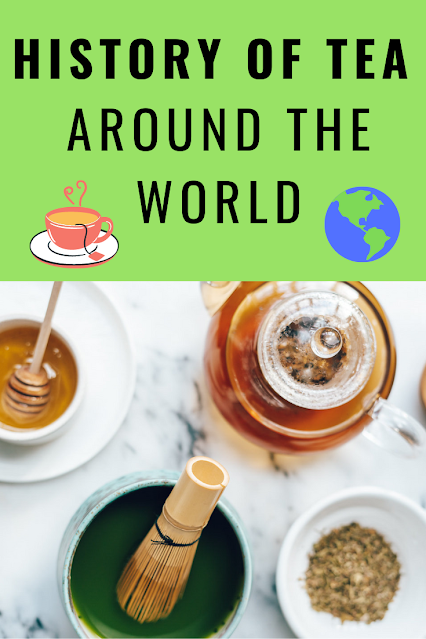China is Famous For Its Teas
China is the country that started it all, and it is believed that tea was exported to Japan and Korea in the 9th Century. This means that China was probably enjoying tea for around 600 years longer than anywhere else. For this reason, it is ingrained in the culture of the country. Tea rituals are common practice when entertaining guests. Visitors to a household will sit and watch as the host prepares the teacups and brews the tea. They will ceremoniously pour some tea out first, and then tip this away before pouring out the beverages for everyone’s consumption.
Chinese culture has been exported around the world in many ways, beyond tea too. For example, the Fu 88 slot at Betway shows how the Chinese association of red with money has spread across the world. The title also features dragon imagery which is commonly linked with Chinese culture. There are plenty of mobile games that reflect how Chinese traditions have spread around the world as well. These include Honor of Kings and CrossFire, which both draw inspiration from Chinese folklore. These are hugely popular not just in China, but in western markets as well.
Tea in Britain
It should come as no surprise that the UK and Ireland are two of the biggest tea drinkers per capita in the world. Indeed, tea is one of the things regarded nowadays as quintessentially British. The first record of tea among the English came in 1615 from East India Trading Company worker Richard Wickham, who wrote a letter requesting the leafy drink from a merchant in Macao. It was later described by Peter Mundy on a visit to Fiji in 1637 as “water with a kind of herb in it.” The official trade of tea in England began in 1664, and by the 1800s the country was importing around 24 million pounds per year.
Tea is an important part of the culture in Great Britain and the Republic of Ireland, but it is no longer commonly consumed as part of a ritual. Still, you can partake in a decadent Afternoon Tea at famous hotels throughout the UK. The refined custom of afternoon tea is a wonderful way to take a respite from the hectic pace of today’s busy world. The elegant ritual of Afternoon Tea is credited to Anna, the Seventh Duchess of Bedford. As was customary during the later 1700′s and early 1800′s, people would eat a huge breakfast, tiny lunch, and then a substantial dinner around 8:00 at night. The Duchess, describing a “sinking feeling” during the afternoon, began to request tea and cakes to tide her over. Soon, she invited her friends to share the ritual with her, and it quickly became a fashionable custom.
Another great afternoon tea to drink is an herbal tea like Chamomille since there isn't any caffeine. For more on this do check out this informative In-Depth Guide on Chamomile.
Tea in The Middle East
In Arab countries, there is a widespread fondness of tea, with Turkey and Iran making it into the top four countries in the world for tea consumption per capita. Most of the tea produced in Turkey is Rize tea, which is named after a province on the Black Sea coast, famous for its fertile tea-growing soil. Iran is also renowned for having exceptional land for tea growing. Gilan in the north has the perfectly mild weather, soil quality, and fresh spring water needed to produce high-quality tea.
In Middle Eastern countries, people consume tea at all times of day, and it is a common feature of celebrations. Herbal and black teas are extremely popular, but some people are known to drink it with milk as well.
USA and the Popularization of Iced Tea
The United States is only ranked at number 35 in the world’s tea-drinking countries, and the drink is not completely ingrained in the culture here like it is elsewhere. However, the country can be credited with contributing to the evolution of tea drinking in a way that has spread across the world. This is, of course, the introduction of iced tea.
According to the legend, the cold version of the drink first came about at the World’s Fair in St. Louis in 1904. At the event, a group of Indians were running a stall selling traditional black tea. However, due to the sweltering temperatures of the day, people didn’t want to consume hot beverages. So to counter the problem, they decided to fill the glasses with ice. The rest is history, and now Americans drink 40 million cups of iced tea every year. The drink has been exported to various countries, with big companies like Lipton profiting massively from the growing popularity of this way of drinking tea.
Tea Travel
For tea aficionados, discovering all the different cultures and contributions from various countries to the progression of tea is a must. The best way to experience all the diverse ways to enjoy the iconic drink would be to visit all the main tea drinking countries. Only then can you get a rounded experience of everything to do with tea.
I had the chance to participate in a matcha tea ceremony in Japan, indulged in afternoon tea in England, sipped strong black tea in Turkey and can't wait to experience the rest.


No comments
Post a Comment